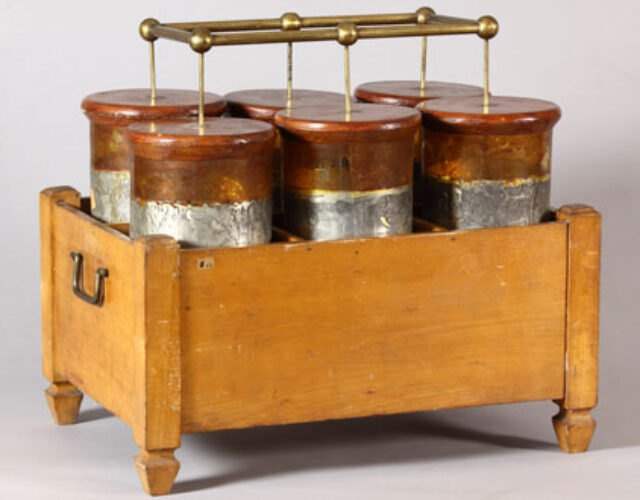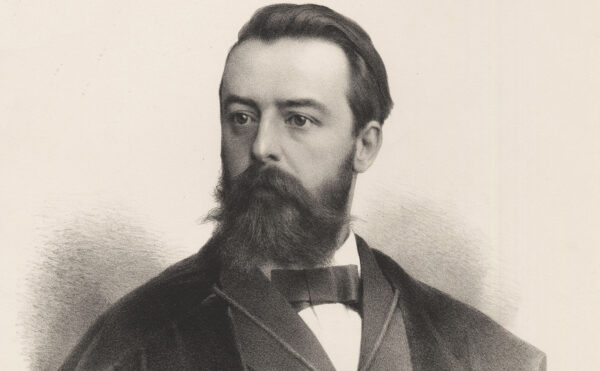In the very early 1700s Francis Hauksbee put together a glass globe and a crank to make an electrostatic machine. But there was no way of storing the charge produced by the friction of cloth or leather on the spinning glass—that is, until around 1745, when Jurgen von Kleist in Pomerania and Pieter van Musschenbroek in Leyden created what became known as the Leyden jar.
At its simplest the Leyden jar is a glass bottle that is partly filled with water with a wire running into it (later jars had metal foil wrapped around the inside and outside of the glass and no water). Musschenbroek recorded what happened when he first touched the wire after charging the jar: “Suddenly I received in my right hand a shock of such violence that my whole body was shaken as by a lightning stroke. . . . I believed that I was done for.” Musschenbroek proceeded to give detailed instructions on how to build his jar, and in an era of rampant self-experimentation the curious in both Europe and America were quick to give themselves nosebleeds, dizzy spells, and what to some felt like heart attacks during their investigations.
The Leyden jar was used to great effect in serious science and in popular entertainment. Benjamin Franklin used one in his famous kite experiment to show that lightning was ordinary electricity. To entertain a king, Jean-Antoine Nollet made 180 French soldiers jump into the air as electricity from his Leyden jars coursed through them. Jars could also be linked up, allowing more charge to be stored. Franklin called these linked jars a battery, but unlike a real battery Leyden jars released all their energy in a single burst.
In the 1790s, at the tail end of the Enlightenment, an argument about electricity between two Italian scientists—Luigi Galvani and Alessandro Volta—led to Volta building the very first battery. For the first time electricity could be put to continuous work.
Despite their eclipse, Leyden jars did not end up on history’s junk heap. At the very end of the 19th century they found a new use in wireless communications and—in miniaturized form—are hard at work today under a new name, the capacitor.
CHF recently bought a set of six Leyden jars in Paris, dated to about 1900. These linked jars were most likely used for demonstration purposes.




